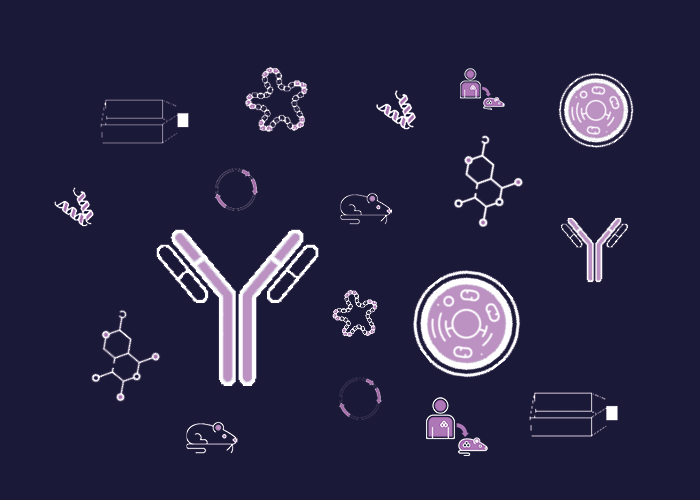
Cat. #161928
HT-144 Cell Line
Cat. #: 161928
Availability: 8-10 weeks
Tissue: Subcutaneous tissue
£575.00
This fee is applicable only for non-profit organisations. If you are a for-profit organisation or a researcher working on commercially-sponsored academic research, you will need to contact our licensing team for a commercial use license.
Contributor
Inventor: Jorgen Fogh
Institute: Memorial Sloan-Kettering Cancer Center (MSK)
Primary Citation: Fogh et al. 1977. Journal of the National Cancer Institute. 58: 209-214. PMID: 833871.
Tool Details
*FOR RESEARCH USE ONLY (for other uses, please contact the licensing team)
- Name: HT-144 Cell Line
- Cancer: Skin cancer
- Cancers detailed: Melanoma
- Tissue: Subcutaneous tissue
- Donor: This cell line was established from a 29-year-old Caucasian male with malignant melanoma.
- Morphology: Aneuploid fibroblastic
- Growth properties: Adherent
- Products or characteristics of interest: Karyotype - (P15) hypotriploid to hypertriploid (+A, +B, +C, +D, +E, +F, +G) with abnormalities including acrocentric fragments, minutes, secondary constrictions, breaks, large submetacentric, subtelocentric and minute markers. Tumorigenic - Yes, in nude mice; forms anaplastic malignant tumor consistent with melanoma; tumors also form in steroid treated hamsters. Isoenzymes: AK-1, 1; ES-D, 1-2; G6PD, B; GLO-I, 2; PGM1, 1-2; PGM3, 1
- Description: HT-144 is a malignant human melanoma cell line that displays aneuploid fibroblastic morphology and grows in adherent tissue culture. This cell line has been reported to be nonpermissive for human cytomegalovirus (HCMV). HT-144 cells form xenograft tumours when injected into immunocompromised mice. These cells contain a mutation in the ATM gene, resulting in the expression of a truncated protein, which causes increased sensitivity to UVB and ionising radiation compared to other melanoma cell lines. The HT-144 cells also express mutant B-Raf (V600E).
- Application: 3D cell culture, High-throughput screening, Toxicology, Cancer research
- Biosafety level: 1
Applications
- Application: 3D cell culture, High-throughput screening, Toxicology, Cancer research
Handling
- Growth medium: McCoy's 5a Medium Modified with fetal bovine serum to a final concentration of 10%.
- Temperature: 37° C
- Atmosphere: 5% CO2 in air
- Shipping conditions: Dry Ice
- Storage medium: Complete growth medium supplemented with 5% DMSO
- Str profiling: STR profilingAmelogenin: X,YCSF1PO: 12D13S317: 11,12D16S539: 12,13D5S818: 11,13D7S820: 11TH01: 6,9TPOX: 8,11vWA: 16,18D3S1358: 14,15D21S11: 30,31.2D18S51: 15Penta_E: 11,12Penta_D: 9,11D8S1179: 13,15FGA: 23,26D19S433: 12,16D2S1338: 23,25
References
- Frohlich et al. 2023. Cancer Research Communications. 3(9). PMID: 37674529.


